Textile Wastewater Treatment by Electrocoagulation Process
Textile Wastewater Treatment by Electrocoagulation Process Using Aluminum Electrodes E.Bazrafshan et al. 1. Introduction Textile industries usually use large amount of water and various chemicals for finishing and dying processes. Dye wastewater typically consists of a number of contaminants including acids, bases,
Treatment of textile effluent, collected from Sattar Textile located at Chandra under Gazipur district, Bangladesh was carried out by chemical coagulation and precipitation method.
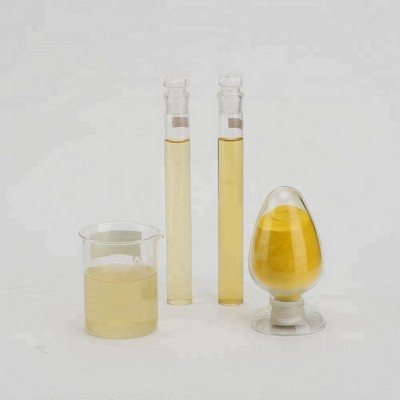
Coagulation and flocculation treatment of wastewater
Coagulation and flocculation treatment of wastewater in textile industry using chitosan. Aluminum sulfate (alum), ferrous sulfate, ferric chloride and ferric chloro-sulfate were commonly used as coagulants. However, a possible link of Alzheimer’s disease with conventional aluminium based coagulants has become an issue in wastewater treatment. Hence, special attention has shift towards using biodegradable polymer, chitosan in treatment, which are more environmental friendly.
Get Price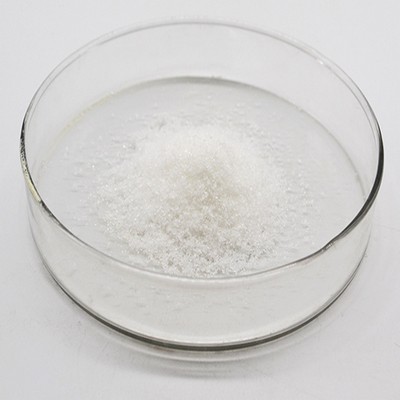
Treatment of Textile Wastewater by Electro-coagulation
Electro-coagulation method for treatment of textile effluent and reduction of COD, BOD and color from effluent is compared with activated sludge process. The chemical and biological oxidation is
Get Price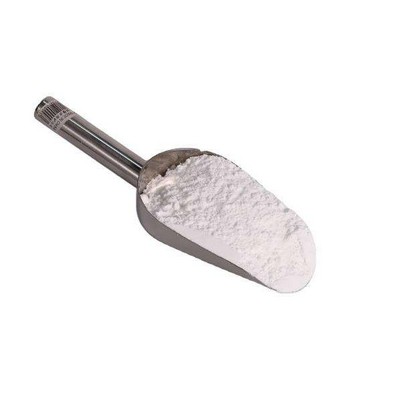
Waste Water And Its Treatment In Textile Industry
Kim Tak-Hyun, Parka Chulhwan and Lee Jinwon., Pilot scale treatment of textile wastewater by combined process (fluidized biofilm process chemical coagulation electrochemical oxidation). Water Res
Get Price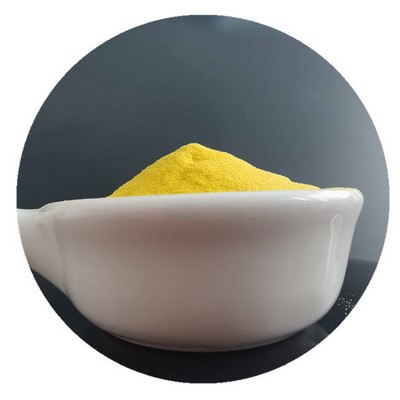
Textile Wastewater Treatment: A Critical Review
Therefore, this textile wastewater need be treated before their discharge. In this article, different treatment methods to treat the textile wastewater have been presented. Treatment methods discussed in this paper involve oxidation methods, physical methods, and biological methods.
Get Price
Combination of TiO2 microreactor and electroflotation
2.2. Textile dyeing industry wastewater. For the purpose of this study, 10 L of TDIW sample originally collecting from a wastewater treatment plant of textile dyeing factory located in the Isfahan city of Iran was used to remove COD by different types of microreactors.
Get Price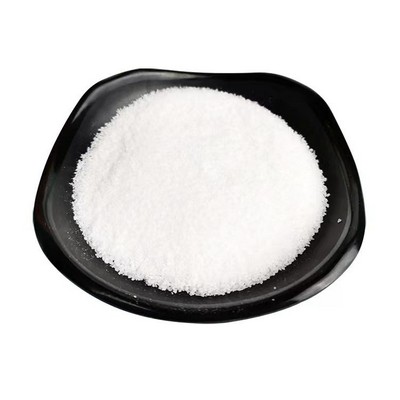
Treatment of the textile wastewater by combined
Electrocoagulation (EC) due to some advantages over chemical coagulation is becoming a popular process to be used for wastewater treatment. The aim of this paper is to investigate the effect of initial addition of a chemical coagulant such as polyaluminum chloride (PAC) or alum on the COD removal efficiency of EC treatment of textile wastewaters.
Get Price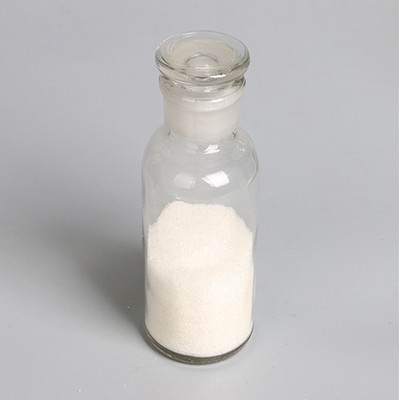
TEXTILE WASTE WATER TREATMENT BY CHEMICAL COAGULATION
This investigation deals with studying the parameters affecting coagulation-flocculation behavior such as coagulant types, dosage and settling time; the results show reduction in COD, TSS, and adjusted pH value using lime with magnesium chloride and
Get Price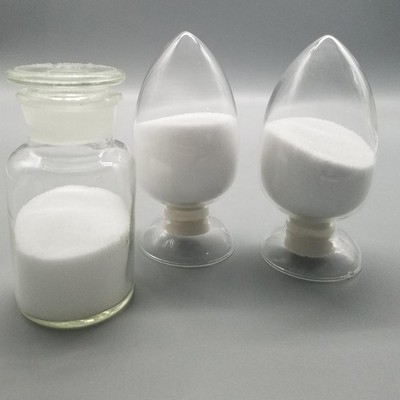
Electrocoagulation/Flotation of Textile Wastewater with
Wastewater discharged from textile industry contains a variety of polluting substances including dyes. Amongst treatment processes, electrocoagulation/flotation is a promising method for color removal from textile wastewater. In this study, the performance of a new electrocoagulation/flotation with combined Fe-Al anodes and a copper made cell as cathode was investigated for the treatment of
Get Price
30 TREATMENT OF TEXTILE WASTEWATER USING ELECTROFENTON PROCESS
Textile industry is a very diverse sector in terms of raw materials, processes, products and equipment and has very complicated industrial chain [1]. The textile industry consumes large quantities of water and generates large volume of waste water from different steps in the printing, dyeing and finishing processes. Pre-treatment
Get Price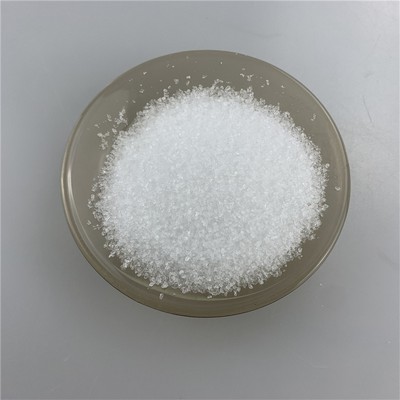
Electrocoagulation process for textile wastewater
Electro coagulation, textile wastewater, up flow reactor, COD removal, current density. Introduction . Textile industries are among the most polluting industries in terms of the volume and complexity of treatment of its effluent discharge. Textile industries consume large volumes of water and chemicals for wet processing of textiles.
Get Price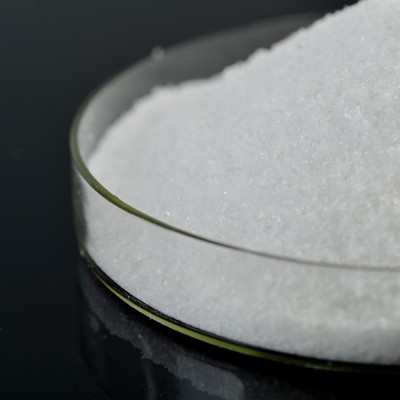
A review of electrocoagulation technology for the
The conventional coagulation technique of textile wastewater treatments is plagued with the issue of low removal rate of pollutants and generation of a large quantity of sludge. Recently, electrocoagulation (EC) technique gained immense attention due
Get Price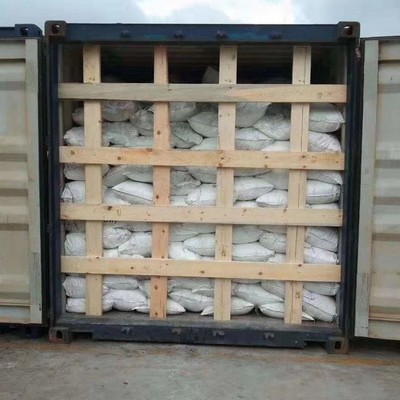
Treatment of textile effluents by using natural coagulants
Coagulation and flocculation process are physical-chemical methods that widely used in the treatment of waste water. Today, the major concern of the environmental engineers is how to lower the coagulants and flocculants cost and to develop the characteristics of the produced sludge for safe utilizing.
Get Price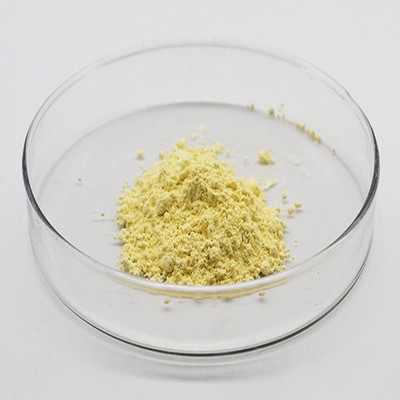
Pre-oxidation and coagulation of textile wastewater by the
For example, the Fenton process can be adopted readily in a textile wastewater treatment system, without the need for reconstructing the existing coagulation unit. The only changes in the process operation will be the addition of H 2 O 2 and Fe 2+ as well as the pH adjustment using H 2 SO 4 solution.
Get Price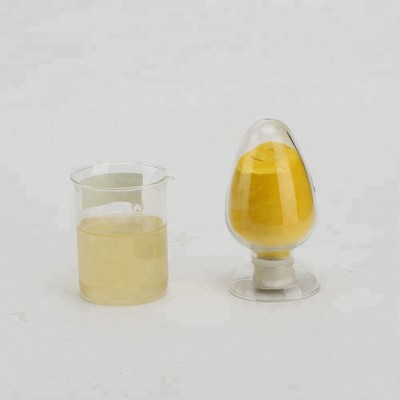
TEXTILE WASTE WATER TREATMENT BY CHEMICAL COAGULATION
This investigation deals with studying the parameters affecting coagulation-flocculation behavior such as coagulant types, dosage and settling time; the results show reduction in COD, TSS, and adjusted pH value using lime with magnesium chloride and
Get Price
Treating textile effluents by coagulation - flocculation
(Note: 0.5 litre of waste water sample (textile effluent) was run in glass jar apparatus with different dosing compositions) RESULTS AND DISCUSSION In this study, coagulation – flocculation process are used to treat textile industry effluents.
Get Price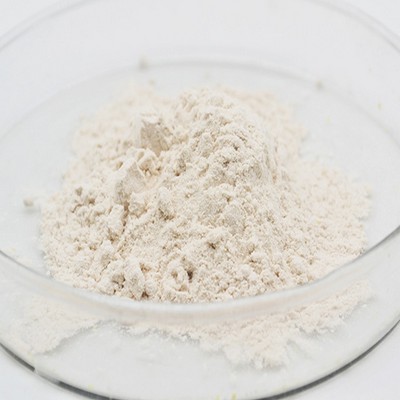
Pretreatment of a dyeing wastewater using chemical coagulants
Treatment of the wastewater using ferric chloride as a coagulation agent was carried out at two pH values (5 and 10) of the solution. Table 6 exhibits the characteristics of the wastewater after treatment at pH 5 under various coagulation conditions. As in the case of wastewater treatment with alum, this treatment with ferric chloride also
Get Price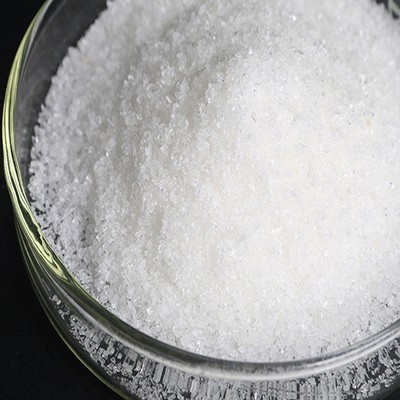
An experimental investigation of wastewater treatment
Treatment processes of wastewater are vastly investigated in the literature. These processes involve wastewater treatment in municipal, textile, pulp and paper, food, and a number of other industries. Wastewater treatment is important because of low potable water sources as well as health and environmental aspects.
Get Price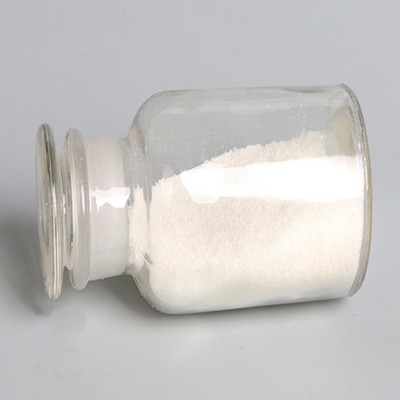
Textile dye wastewater characteristics and constituents
Textile industries are responsible for one of the major environmental pollution problems in the world, because they release undesirable dye effluents. Textile wastewater contains dyes mixed with various contaminants at a variety of ranges. Therefore, environmental legislation commonly obligates textile factories to treat these effluents before discharge into the receiving watercourses.
Get Price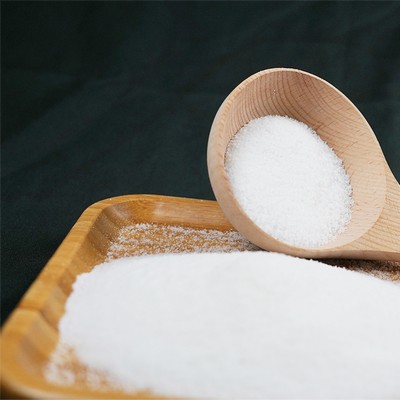
Electrocoagulation (EC) technology for wastewater
During the last few years, environmental sector has shown a largely growing interest in the treatment of different types of wastewater by electrocoagulation (EC). It has recently attracted attention as a potential technique for treating industrial effluent due to its versatility, treatment efficiency, low cost, and environmental compatibility.
Get Price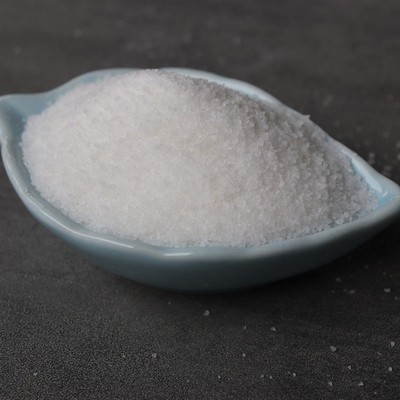
Treatment of Textile Wastewater Using a Combined
The main purpose of this study was treatment of textile wastewater, using a combined coagulation and dissolved air flotation (DAF) processes, Iran in 2016. Materials and Methods: This study was an empirical-lab study which the Jar tests and DAF were used in laboratory scale.
Get Price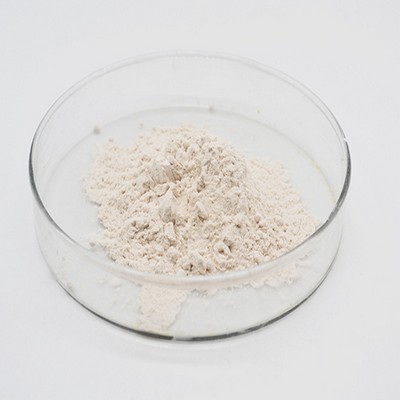
Effect of pH on textile wastewater treatment
Shahriari, Toktam and Saeb, Bahareh (2016) Effect of pH on textile wastewater treatment by electrochemical coagulation. In: First International Conference On Water Environment and Sustainable Development, September 2016, Ardabil, Iran.
Get Price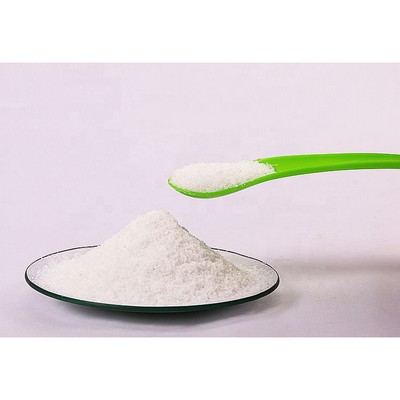
Wastewater reuse: potential for expanding Iran's water
The main construction and development of municipal wastewater collection and treatment in Iran relates to the Islamic revolution period in 1978. Now, Iran, with 150 municipal WWTPs, covers 23 million inhabitants and the total collected wastewater is more than 3.5 million m 3 /d.
Get Price
Treating textile effluents by coagulation - flocculation
(Note: 0.5 litre of waste water sample (textile effluent) was run in glass jar apparatus with different dosing compositions) RESULTS AND DISCUSSION In this study, coagulation – flocculation process are used to treat textile industry effluents.
Get Price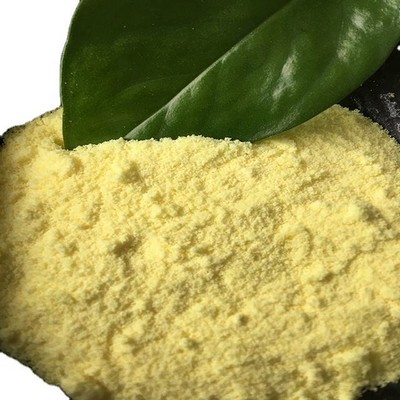
30 TREATMENT OF TEXTILE WASTEWATER USING ELECTROFENTON PROCESS
Textile industry is a very diverse sector in terms of raw materials, processes, products and equipment and has very complicated industrial chain [1]. The textile industry consumes large quantities of water and generates large volume of waste water from different steps in the printing, dyeing and finishing processes. Pre-treatment
Get Price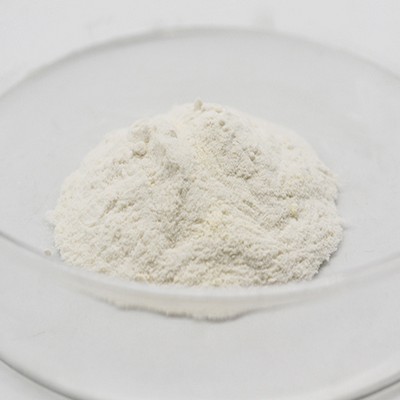
Treatment of Textile Dyes Wastewater Using Electro-Coagulation
Abstract. Textile wastewater is one of the most polluted types of wastewater because it contains a big quantity of dye. This paper illustrates the treatment of dyes using an electrocoagulation (EC) process with a rotating anode.
Get Price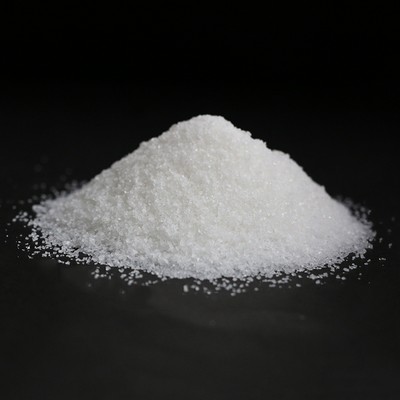
Textile dye wastewater characteristics and constituents
Textile industries are responsible for one of the major environmental pollution problems in the world, because they release undesirable dye effluents. Textile wastewater contains dyes mixed with various contaminants at a variety of ranges. Therefore, environmental legislation commonly obligates textile factories to treat these effluents before discharge into the receiving watercourses.
Get Price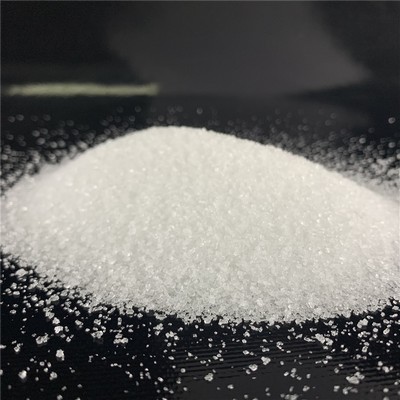
Characterization and Treatment of Textile Wastewater - 1st
Characterization and Treatment of Textile Wastewater covers fundamental knowledge of characterization of textile wastewater and adsorbents; naturally prepared adsorption and coagulation process for removal of COD, BOD and color. This book is intended for everyone actively working on the environment, especially for researchers in textile wastewater, as the problem of disposal of textile
Get Price- What is the price of polyacrylamide for water treatment agent?
- Polyacrylamide for Water Treatment Agent PAM Cation Price. FOB Price: US $ 1050.0-1700.0 / Ton. Min. Order: 3 Tons. Polyacrylamide for water treatment agent PAM cation price Product Description Polyacrylamide(PAM) is a kind of water soluble polymer, has unique effect to increase the ...
- What are the product types for polyacrylamides?
- The product types for polyacrylamides are solutions, liquids (emulsion or dispersion), and dry powders. The forms each have their own set of advantages and disadvantages as will be discussed in the following. 34.2.5.1. Aqueous solution polyacrylamides
- What is nonionic polyacrylamide?
- Nonionic polyacrylamides Nonionic polyacrylamides represent the smallest group of acrylamide-based polymers, representing about 25% of the total polyacrylamide market. Nonionic polyacrylamide is somewhat misleading since in the manufacture of acrylamide, regardless of the route, some degree of hydrolysis of acrylamide occurs.
- What is a high molecular weight nonionic polyacrylamide?
- High-molecular-weight nonionic polyacrylamides are routinely used in the mineral processing industries as thickeners and flocculants , , . 34.2.5. Polyacrylamide product forms The product types for polyacrylamides are solutions, liquids (emulsion or dispersion), and dry powders.








